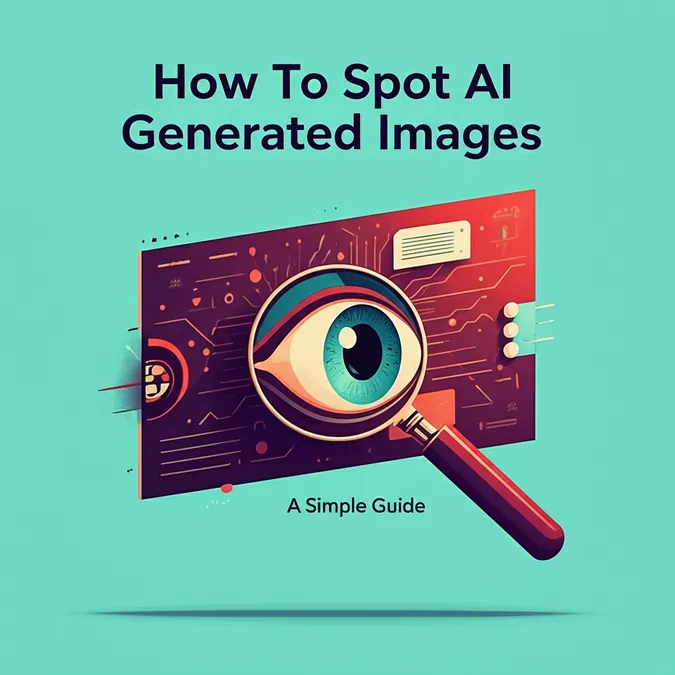Developer Offer
Try ImaginePro API with 50 Free Credits
Build and ship AI-powered visuals with Midjourney, Flux, and more — free credits refresh every month.
How Artists Are Shielding Their Work From AI
The AI Art Heist: A New Threat to Creators
For artists like Jose Iturriaga, who crafts moody images of magical horror for illustrations and movie sets, imagination is his greatest asset. But now, his unique artistic style is being targeted by a new kind of copycat: artificial intelligence.
“What the AI training models do is scrape all of the internet, basically everything up and down, and basically steal all this art and then put it into a blender and something else comes out,” Iturriaga explains. He notes that what emerges from this generative AI process can be exact replicas of existing works or new images that unmistakably mimic an artist's signature style.
How AI Undermines Artistic Livelihoods
The software programs responsible for this are known as AI crawlers, which endlessly comb the internet for data to feed AI models. This practice has dire consequences for creators. Media companies seeking to cut production costs for advertisements or animations find using AI far cheaper than hiring human artists. This not only impacts an artist's current income but also devalues their work and jeopardizes their long-term career prospects.
Deana Igelsrud with the Concept Art Association puts it starkly: “As the crawlers steal from them in the present, the data that they take is used to replace them and devalue them in the future.”
Artists' Digital Defenses: A Technological Arms Race
Fortunately, artists are not without recourse. One powerful tool is a program called Glaze, which makes subtle digital alterations to an image. While these changes are nearly invisible to the human eye, they effectively 'cloak' the artwork, preventing AI from recognizing and stealing its style. Iturriaga is among the many artists now using Glaze to protect their online portfolios.
However, a recent study by cybersecurity researchers at UC San Diego found that while nearly all independent artists want to block AI from their work, most are unaware of the technical tools available. Many did not know about options like robot exclusion protocols, which are commands built into a website’s code that tell AI crawlers to stay away. “Over 60% of the artists we interviewed actually didn’t even know about this alternate mechanism,” said Elisa Luo, a PhD student who co-authored the study.
Luo adds that while some companies respect these protocols, others do not. Free programs from software companies like Cloudflare can help block web crawlers, but the battle is ongoing. “It will, of course, always be a cat-and-mouse game,” Luo admits. “If Cloudflare comes out with this new feature... then the more malicious AI crawlers will try to adapt to this and try to circumvent it.”
The Fight in the Courtroom and Legislature
Beyond technology, the battle is also being waged on legal and legislative fronts. Lawsuits are becoming a key strategy, with major players like Disney suing AI image generator Midjourney for copyright infringement over the alleged unauthorized use of its characters.
At the state level, the Concept Art Association is lobbying for a California bill, AB 412, dubbed the AI Copyright Transparency Act. According to Igelsrud, this law would be a game-changer by requiring AI companies to notify artists if their work has been used to train a generative AI model.
A Glimmer of Hope: The Ethical Use of AI
Not all artists view AI as an enemy. San Diego artist Patrick Ballesteros, known for his whimsical work, sees a potential for ethical applications. For instance, AI could help animators with the laborious task of drawing “in-between” poses. He illustrates, “There’s someone who does, like, key poses. My arms are up. My arms are down, and there’s someone else that has to animate every little pose in-between. So they use the AI to create those in-betweens.” While he acknowledges this could displace some jobs, the key is consent. “The main artists going into this are aware of what they’re using it for and it’s with their permission.”
The Path Forward for Art and AI
For many creators, the current implementation of AI feels like a violation. Speaking of a fellow artist, Igelsrud says his “livelihood (was) basically stolen by an algorithm that facilitates forgery and theft.” The hope is that through a combination of new laws, landmark lawsuits, and protective technology, AI can evolve into a legitimate and collaborative tool in the world of commercial art, rather than a threat to it.
Compare Plans & Pricing
Find the plan that matches your workload and unlock full access to ImaginePro.
| Plan | Price | Highlights |
|---|---|---|
| Standard | $8 / month |
|
| Premium | $20 / month |
|
Need custom terms? Talk to us to tailor credits, rate limits, or deployment options.
View All Pricing Details

